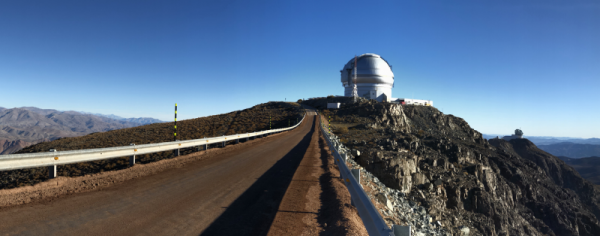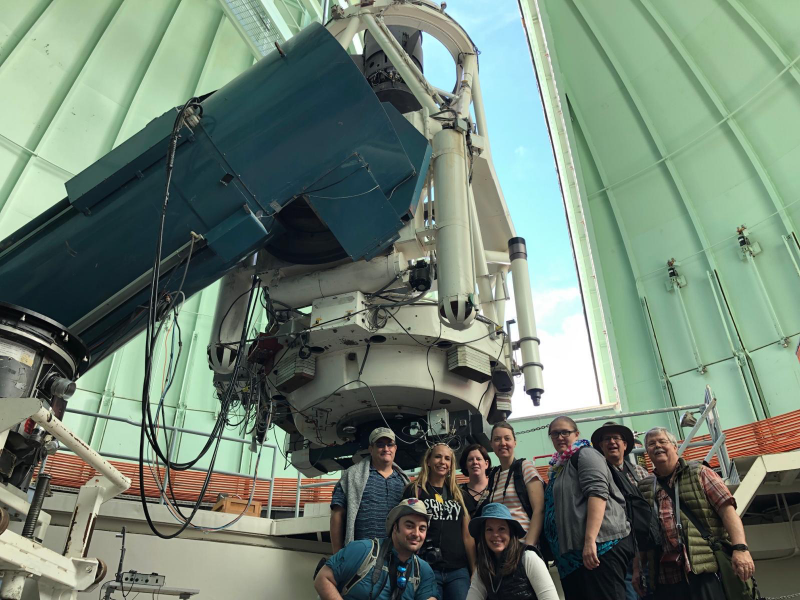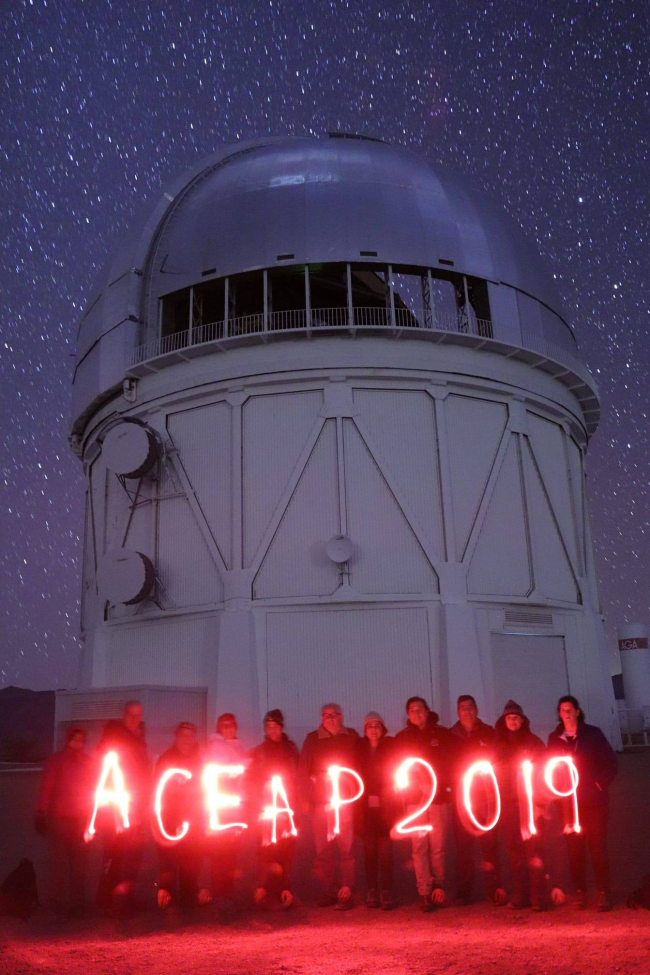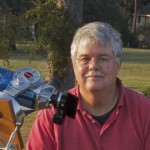Astronomy ambassadors in Chile: Cerro Pachón and Cerro Tololo – EarthSky

The Gemini Observatory consists of twin 8.1-meter diameter optical/infrared telescopes located in Hawai’i and Chile. Here is Gemini South – located on the summit of Cerro Pachón in Chile – with the Large Synoptic Survey Telescope (LSST) to the right. Image via R. Pettengill (NRAO/AUI/NSF).
About an hour’s flight north of Santiago near the city of Vicuña, in the Equi Valle, lie some of the world’s best sites for observatories: Cerro Pachón and Cerro Tololo. Vicuña calls itself the world capital of astronomy, with many tourist and research observatories nearby. The ACEAP (Astronomy in Chile Educator Ambassador Program) cadre was treated to a night of stargazing at the lovely Alpha Aldea and learned about the many educational programs that they support.
The 2019 ACEAP expedition was given full access to both locations and spent two nights with the astronomers there.
Cerro Pachón is the newer facility including the 4 meter SOAR (Southern Astrophysical Research) telescope, 10 m Gemini South, and under construction the 8.4 m LSST (Large Synoptic Survey Telescope). The Gemini telescope is the southern skies twin to the Gemini on Mauna Kea in Hawaii. Both SOAR and Gemini use adaptive optics correcting for atmospheric turbulence with sodium laser guide stars.
Nearby, Cerro Tololo hosts most of the U.S. National Science Foundation and National Optical Astronomy Observatory facilities. Cerro Tololo is ground zero for astronomical collaboration between the U.S. and Chile.

Cerro Tololo Inter-American Observatory (CTIO) is a complex of astronomical telescopes and instruments located approximately 50 miles (80 km) to the east of La Serena, Chile, at an altitude of 7,200 feet (2,200 meters). Here is the CTIO 1.5-meter telescope with ACEAP 2019. Image via K Flores/ C Johns (NRAO/AUI/NSF).
Professor Federico Rutllant of the University of Chile collaborated with AURA (Association of Universities for Research in Astronomy) to identify a site for a large Chilean American telescope in 1959 with the 1.5-meter telescope completed in 1965. The 4-meter telescope completed in 1976 named for Puerto Rican astronomer Victor Blanco is now the CTIO’s largest.

Astronomy in Chile Educator Ambassador Program (ACEAP 2019) in front of the Blanco telescope on Cerro Tololo. Image via L. Sparks (NRAO/AUI/NSF).
The profound darkness and silence of these sites at night is broken only by the deep hum of the telescopes dancing with the stars. We were treated to spectacular views of the Milky Way and the Magellanic Clouds.
Daytime at the observatories were filled with talks and questions. Our meals at the cafeteria (casino to Chileans) were good with spectacular vistas.
We are headed next to San Pedro de Atacama and up to the ALMA radio telescope at an elevation of 16,500 feet (5000 meters).
Bottom line: Robert Pettengill reports from the busy ACEAP (Astronomy in Chile Educator Ambassador Program) trip to Chile in July and August 2019. Read his first dispatch here: Astronomy educators to rendezvous in Chile







